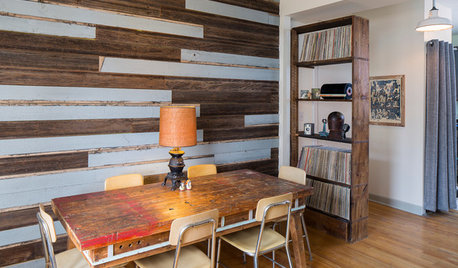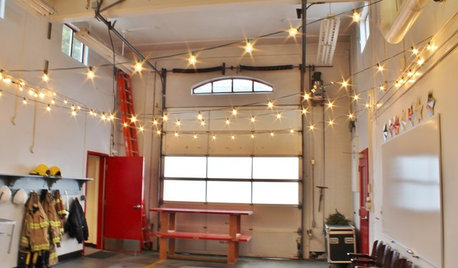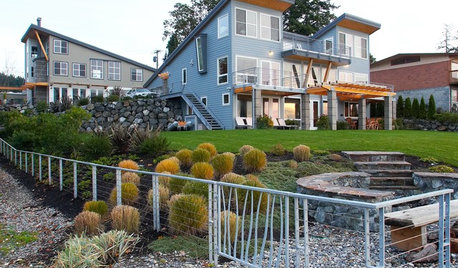Backup generator location etc.
tomplum
15 years ago
Related Stories

DISASTER PREP & RECOVERYMore Power to You: How to Pick the Right Generator
If your home's electricity goes, don't let it take your necessities with it — keep systems running with this guide to backup power
Full Story
TRADITIONAL HOMESHouzz Tour: Connecticut Farm Restored for Generations to Come
A man renovates his extended family’s stately farmhouse and land. Sustainable practices are used in gardens, wetlands and recreation areas
Full Story
HOUZZ TOURSHouzz Tour: Innovative Home Reunites Generations Under One Roof
Parents build a bright and sunny modern house where they can age in place alongside their 3 grown children and significant others
Full Story
CONTEMPORARY HOMESHouzz Tour: 2 Wings for 3 Generations on a Vermont Lake
An extended family enjoys a spacious waterfront home influenced by farmhouses and Japanese architecture
Full Story
HOUZZ TVHouzz TV: Cool Reclaimed Wood Projects Fill a Craftsman’s Home
Using barn wood, beadboard and beams, this homeowner has crafted furnishings and features for his family’s Chicago home
Full Story
HOUZZ TOURSMy Houzz: Making Room for 3 Generations
A Salt Lake City home creates privacy and independence for grandparents, parents, kids and dogs
Full Story
HOUZZ TOURSMy Houzz: Reinventing a 1930 Fire Station for Family Life
Don't sound the alarm because the fire engine is gone; this remodeled station now happily hosts fundraisers and two generations of a family
Full Story
MONTHLY HOME CHECKLISTSDecember Checklist for a Smooth-Running Home
It's time to add weather stripping, plan for holiday home safety, consider backup heating, check your emergency kits and more
Full Story
LIFEWorld of Design: See How 7 Families Live in Multigenerational Homes
What happens when three or more generations live within shouting distance of one another? More hugging than shouting, actually
Full Story
HOUZZ TOURSHouzz Tour: Dual Island Homes for a Reunion-Loving Family
Breathtaking views form the backdrop for family gatherings on a generations-old Washington site
Full StoryMore Discussions






canguy
rdaystrom
Related Professionals
Allen Landscape Architects & Landscape Designers · Wrentham Landscape Architects & Landscape Designers · Folsom Landscape Architects & Landscape Designers · Harrison Landscape Architects & Landscape Designers · Bethlehem Landscape Contractors · Burlington Landscape Contractors · Cincinnati Landscape Contractors · Tehachapi Landscape Contractors · San Pablo Landscape Contractors · Puyallup Decks, Patios & Outdoor Enclosures · Lake Station Home Builders · Big Bear City Home Builders · Duarte Home Builders · Landover Home Builders · Wasco Home Builderscanguy
tomplumOriginal Author
canguy
davidandkasie
tomplumOriginal Author
tomplumOriginal Author
davidandkasie